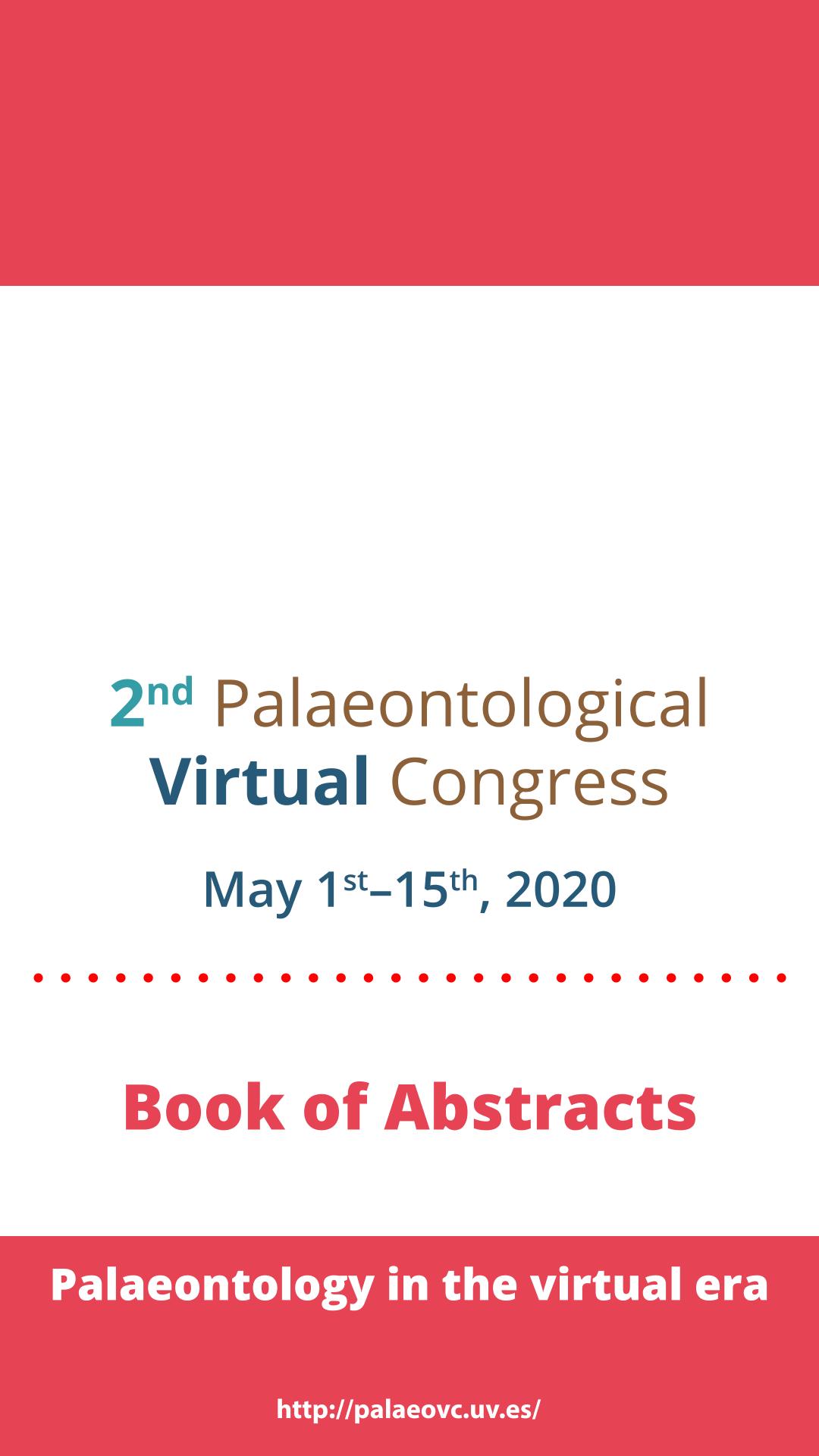Evento
Agglutinated encrusting foraminifers from the Agua de la Mula member (Agrio Formation, Neuquén Basin - Argentina): Paleoeocological and paleoenvironmental implications
Tipo del evento:
Congreso
Nombre del evento:
2nd Palaeontological Virtual Congress
Fecha del evento:
01/05/2020
Institución Organizadora:
Palaeontological Virtual Congress;
Título del Libro:
2nd Palaeontological Virtual Congress: Book of Abstracts. Palaeontology in the virtual era
Editorial:
Palaeontological Virtual Congress
ISBN:
978-84-09-20283-6
Idioma:
Inglés
Clasificación temática:
Resumen
A new fauna consisting of agglutinated encrusting foraminifers has been collected from several nodular levels in the upper Hauterivian-lower Barremian Agua de la Mula Member of the Agrio Formation (Patagonia, Argentina). The study foraminifers come from two stratigraphic sections in the Neuquen Basin and show affinities with the genera Haddonia Chapman, 1898, Alpinophragmium Flügel, 1967, Bdelloidina Carter, 1877 and Coscinophragma Thalmann, 1951. Provisionally, the new specimens are considered to differ from the above-mentioned genera, but they remain in open nomenclature. One or more specimens are clustered around bioclastic nuclei of cerebroidal sub-spherical nodules, forming columnar and circum-granular ‘microbuildups’. The nodules occur both separated from each other in a fine-grained siliciclastic matrix as well as forming larger moundlike accumulations of up to 2 meters in thickness. The encrusting foraminifers-bearing deposits consist of bioclastic sandstone, allochemic mudrock and micritic rudstone, and are embedded into an alternation of condensed bioclastic sandstone and grey/dark marly clay. The latter has been earlier interpreted as alternating couplets of sixth-order Milankovitch precession-driven cycles, named starvation/dilution sequences. These couplets are characterised by a switch from very low to high sedimentation rates, as recorded by deposition of condensed beds and siliciclastic intervals respectively. Semiquantitative analysis by Scanning Electron Microscope (SEM) was performed in order to characterise the morphology and test mineralogy of the specimens. A preliminary study on the type of growth of the ‘microbuildups’ allows us to corroborate previous interpretations of low oxygen conditions and of a lowered rate of terrigenous input for the analysed interval.
Palabras clave:
Encrusting foraminifers
,
Agua de la Mula Member
,
Neuquén Basin
Archivos asociados
Licencia
Identificadores
Colecciones
Eventos(IIPG)
Eventos de INSTITUTO DE INVESTIGACION EN PALEOBIOLOGIA Y GEOLOGIA
Eventos de INSTITUTO DE INVESTIGACION EN PALEOBIOLOGIA Y GEOLOGIA
Citación
Agglutinated encrusting foraminifers from the Agua de la Mula member (Agrio Formation, Neuquén Basin - Argentina): Paleoeocological and paleoenvironmental implications; 2nd Palaeontological Virtual Congress; Valencia; España; 2020; 122-122
Compartir




